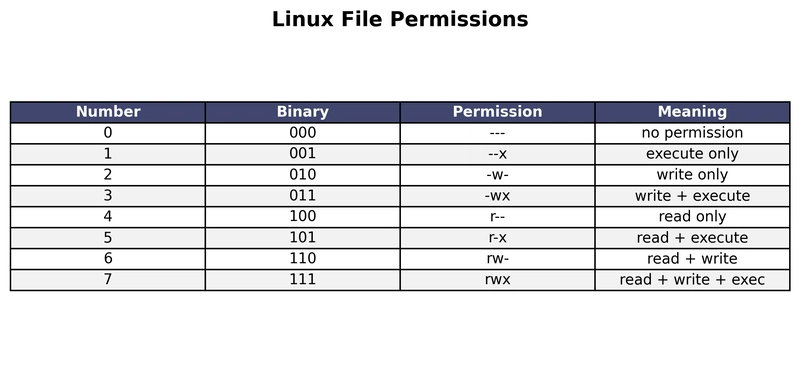- ETL is not a tool → it’s a methodology or workflow.
- Extract → Transform → Load = a process to move raw data into a clean, usable form for analytics.
🔹 AWS Glue (tool/service)
- AWS Glue = Amazon’s serverless ETL service.
- It lets you build and run ETL pipelines without managing servers.
- Glue provides all the parts you need to implement ETL:
🔑 How Glue Fits Into ETL
- Extract
-
Glue connectors pull data from sources: S3, RDS, DynamoDB, JDBC databases, etc.
- Pull data from sources: databases, APIs, files, IoT sensors, logs, etc.
- Example: Extract customer data from MySQL, clickstream data from S3, and logs from CloudWatch.
- Transform
This step ensures the data is usable and consistent.
- Load
🔹 Extra Glue Features
- Glue Data Catalog → a centralized metadata store (like a database of all your datasets).
- Glue Crawlers → scan data sources and automatically infer schema (tables, columns, data types).
- Glue Studio → visual interface to design ETL jobs.
- Glue Streaming ETL → for real-time data pipelines.
🔹 Tools for ETL
- AWS Glue (serverless ETL service).
- Apache Spark, Apache Flink.
- Talend, Informatica.
- Custom Python jobs with Pandas.
🔹 What is a Job Bookmark?
- A bookmark is a mechanism to keep track of previously processed data in an ETL job.
- It ensures that when your ETL job runs again, it only processes new or changed data, instead of reprocessing everything.
🔹 Why It Matters
Without bookmarks:
- Each ETL run processes the entire dataset → inefficient, expensive, and may cause duplicates.
With bookmarks:
- ETL job “remembers” where it left off.
- Next run starts from the last checkpoint (like saving your place in a book).
🔹 Where Used
- AWS Glue ETL jobs (Spark or Python shell).
- Glue streaming jobs (with checkpoints).
- Similar concept in Apache Spark and other ETL tools → often called checkpointing or incremental processing.
🔑 Takeaway
- Bookmark = memory of ETL job progress.
- Ensures incremental processing (only new/changed data).
- Prevents duplicates, saves time & cost.



